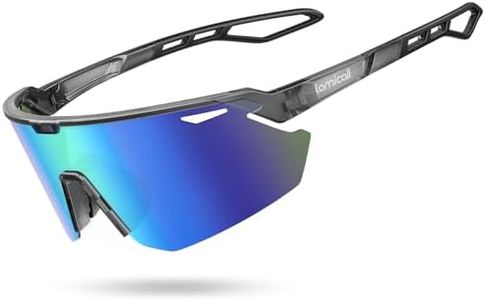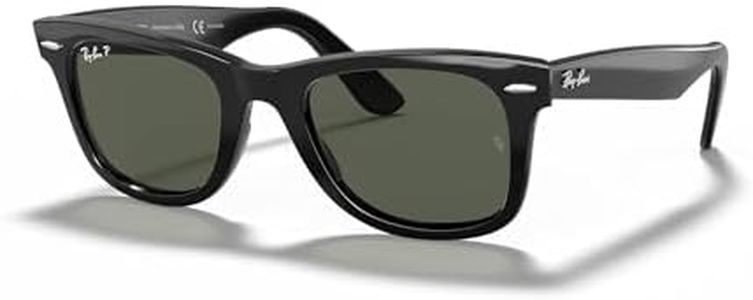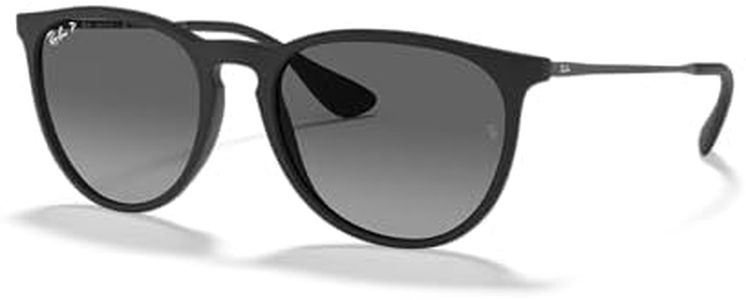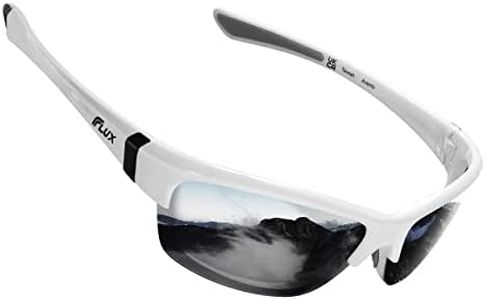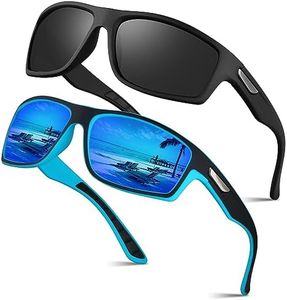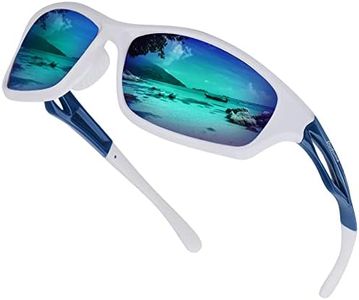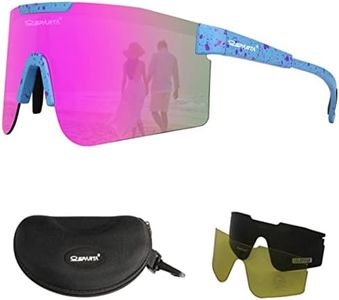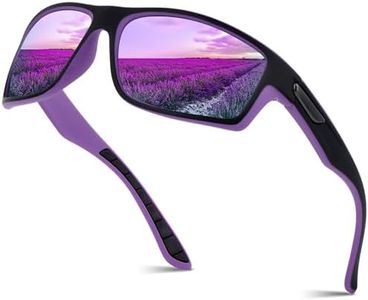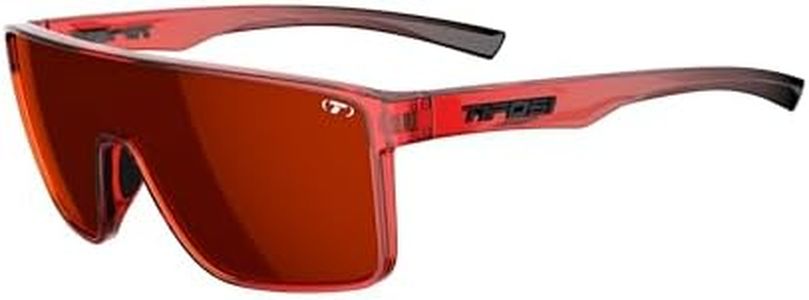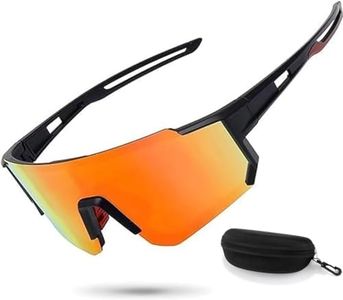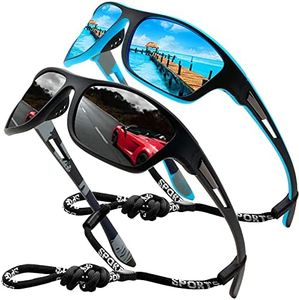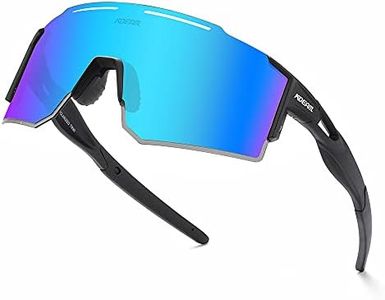We Use CookiesWe use cookies to enhance the security, performance,
functionality and for analytical and promotional activities. By continuing to browse this site you
are agreeing to our privacy policy
10 Best Fishing Sunglasses For Women
From leading brands and best sellers available on the web.By clicking on a link to a third party's website, log data is shared with that third party.
Buying Guide for the Best Fishing Sunglasses For Women
When choosing fishing sunglasses for women, it's important to focus on both protection and comfort. Sunglasses for fishing are not only a fashion accessory—they safeguard your eyes from UV rays, help reduce glare from the water's surface, and improve your visual clarity while fishing. The right pair will allow you to stay by the water comfortably for long periods and actually spot more fish.Lens PolarizationPolarization is a lens treatment that reduces glare from reflective surfaces, like water. This makes it much easier to see beneath the water's surface, which is especially important for fishing. Non-polarized lenses may help with sun protection but don't manage glare as effectively. While choosing, look for sunglasses labeled as 'polarized' specifically for anglers. If you mainly fish in bright, open areas or struggle with sun glare, polarization is essential. For rare, cloudy-weather fishing, you might get by without it, but for most, polarized lenses are a must.
UV ProtectionUV protection means the lenses block harmful ultraviolet rays that can damage your eyes over time. Most modern sunglasses offer UV400 protection, meaning they block 99–100% of UVA and UVB rays. This is crucial for anyone spending hours outdoors, especially around water, which reflects sunlight. Always check that the pair offers 'UV400' or '100% UV protection'—this is non-negotiable for safeguarding your eye health while fishing.
Lens Color/TintLens tint affects how you see colors and contrast under different lighting conditions. Brown and copper tints enhance contrast and depth perception, making them ideal for variable light and freshwater fishing. Gray lenses reduce eye fatigue and represent colors more naturally, perfect for very bright days and saltwater fishing. Yellow or amber tints brighten vision in low-light conditions, such as early mornings or cloudy days. Think about when and where you fish most to decide—brown/copper for all-rounders, gray for strong sun, yellow/amber for dawn, dusk, or overcast skies.
Fit and ComfortComfort comes from the shape, size, and grip of the sunglasses. For women, sizes and shapes that contour to slightly narrower faces and offer adjustable or rubberized nose pads and temple arms help keep glasses in place, especially when moving or sweating. Lightweight frames prevent fatigue on long days. Try them on if possible or look for models with dimensions that match your face size, focusing on comfort and a secure fit over style alone. Glasses that slip or pinch can ruin a good fishing day.
Frame Coverage/StyleFrame coverage refers to how much of your eyes and the surrounding skin the sunglasses shield. Wraparound and larger lenses provide better side and top protection from sunlight, wind, and water spray—ideal for open waters or very sunny localities. More open, fashion-oriented frames offer less coverage but may be airy and comfortable for quick trips or shaded spots. Choose coverage based on your fishing environment: opt for wraparound for long, intense sun exposure, and mid-sized for milder or recreational outings.
Durability and Lens MaterialDurability comes from the frame and lens materials. Polycarbonate lenses are lightweight and impact-resistant, suitable for active fishing, while glass lenses are more scratch-resistant but heavier. Nylon or TR90 frames are flexible and withstand the rigors of outdoor use. If you plan on fishing in tough conditions or are prone to dropping your glasses, prioritize impact-resistant lenses and bendable frames. For occasional, gentle use, a variety of materials may suffice.
